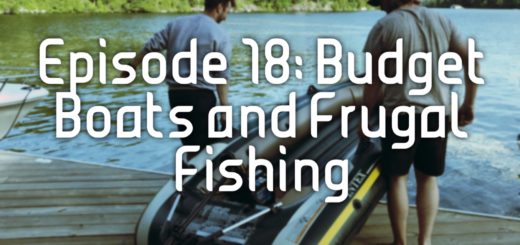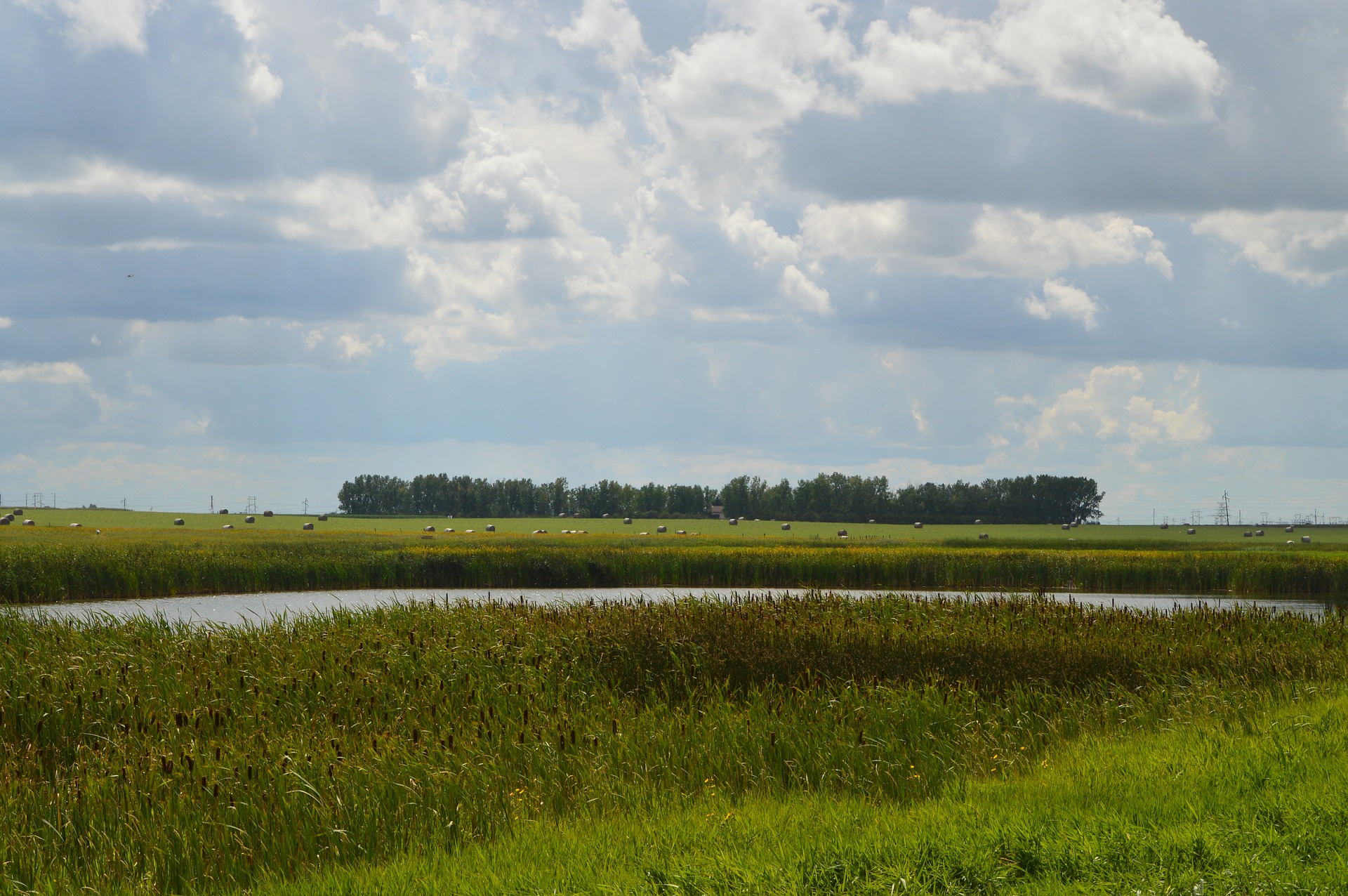Beginner Deer Hunting – The Importance of Wind
I know, I know – everybody already knows that being aware of wind direction is important. I hear you. Even I, a beginner deer hunter, knew to play the wind before I went hunting last week on Doug Duren’s Wisconsin farm. But it was not until I saw Doug strategize over a map, like a general planning our hunt, that I fully understood how wind is important. Or, to be precise, how wind fits into a hunting strategy.
Doug made me realize this: wind direction is the first thing you need to think about before any deer hunt. Good camo, knowing feeding and bedding areas, stand placement, weapon choice, bullet weight, weather – all of this stuff matters. But wind comes first. It seems to me that, if you get the wind wrong, it won’t matter how advanced your optics are or how expensive your jacket is. If you get it right, you may well kill a deer in jeans and a red plaid shirt like your grandfather did.
Each morning and evening, before out hunt, Doug would ask which way the wind was coming from. Certain wind directions would completely rule out certain areas for hunting. Two considerations were always at the fore:
- Preventing the deer from winding us as we got into and sat in our blinds and
- Understanding the way the deer would move to take advantage of the wind.
This first point is quite obvious – you want your face into the wind as you approach your blind or stand, and you want your blind or stand to be looking upwind to where you expect deer to emerge. The second point I didn’t know anything about (again, I’m a total beginner deer hunter and have only gone out a few times). Doug explained to us that deer tend to prefer to walk directly into, or at least quarter into, the wind. This is especially so when they get bumped out of cover. This means that it is important to understand where deer are bedding and where they will be moving to feed. That way, you can be properly placed to intercept them.
We used this technique to our advantage on a cut cornfield, where deer fed in the morning and evening. Our blind overlooked the field, looking west, and our faces were almost directly into the wind. Knowing that the deer came out of the woods downfield, to the north to feed, we placed our blind such that they would be walking out into and across the field in front of us. It worked: a big antlerless buck appeared to the north, less than 120 yards away, right where we expected him and walking directly into the wind. Thanks to thinking about wind direction, he never scented us, I got a chance to take a shot, and we now have a fine cooler full of meat!


